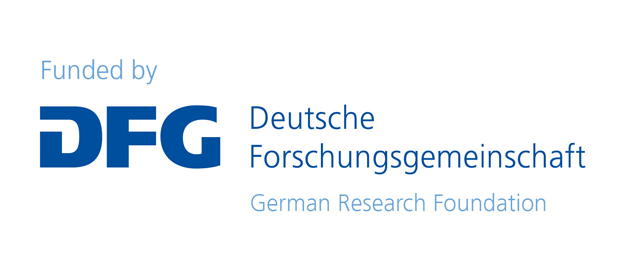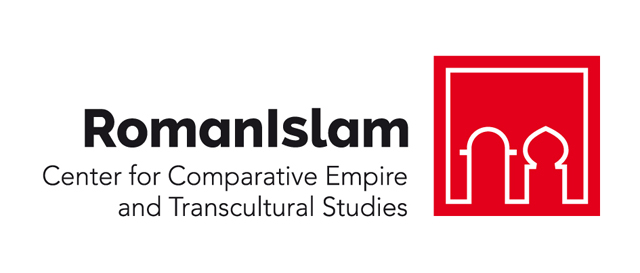Dr. Joan Negre
Jan. 2024 - Feb. 2024

Research Project: A New Madina for the Caliph - The City of Turtusha and its Refoundation under the Aegis of the Umayyads
The project’s principal objective is to analyse the series of transformations that the madina of Turtusha (Tortosa) underwent during the first three centuries of the Islamic occupation of the Iberian Peninsula. This work primarily focuses, therefore, on the important construction and architectural programme developed in the city under the aegis of the Umayyads. In the 7th century under the auspices of the local bishops, the urban centre became an important hub of secondary power in the shadow of Tarragona, a scenario that continued even after the Islamic conquest of the Iberian Peninsula. Subsequently, from the 9th century onwards and after the fall of Barcelona, Tortosa became the furthermost capital of al-Andalus, to the detriment of the old Roman provincial capital. Its well maintained walls frustrated up to three sieges launched by Charlemagne’s Frankish armies, while its urban fabric survived the passage of time. Despite this continuity, written and archaeological sources document intense processes of planned urban development from the mid-10th century, in some cases linked to gentrification dynamics. Even more significantly, this period saw the construction of a wide range of public buildings in the urban sector of the capital, such as the madina’s main mosque, a large arsenal with shipyards next to the river, new walls that reinforced the urban defences and various public baths scattered around the city. The prestigious architecture and the luxury of the materials used were totally unprecedented, responding to social, economic, and political dynamics linked to an extensive programme of embellishment, monumentalisation and institutional propaganda. In short, a process that involved the pragmatic refoundation of the city of Tortosa under the aegis of the new and all-powerful Umayyad Caliphate of Córdoba.
Profile
Joan Negre is a Research Associate at the Catalan Institute of Classical Archaeology based in Tarragona, and a member of the Laboratory of Archaeology and Architecture of the City. He is also the director of the Gandia Museum of Archaeology and Head of Gandia City Council’s Archaeology and Heritage Service. He earned his PhD in 2013 at the Autonomous University of Barcelona, where he defended his doctoral thesis: an exhaustive historical and archaeological study of the Andalusi period in the region of Tortosa. He held various teaching positions at the university in the Department of Antiquity and Middle Ages Sciences, before moving to the Austral Centre for Scientific Research at the National Scientific and Technical Research Council in Argentina, where he was awarded two consecutive postdoctoral fellowships. His research focuses on two principal areas: the archaeology and history of the medieval Islamic world, and the spatial analysis of historical phenomena. He studies socioenvironmental dialectics by investigating human occupation strategies and their spatial signatures, a line of work consolidated through several long-term research residencies at the Università degli Studi di Siena in Italy.
Since 2019, he has been directing the archaeological projects at the emirate hillfort in Tossal de la Vila, Castellón, Spain, together with the team at Castelló Regional Council’s Archaeological and Prehistorical Research Service, and the Islamic fortress of Bairén, Valencia, Spain. He currently forms part of the research projects ArqMUNIA (Prestigious architectures in almunias: Transmission of models from Antiquity to the Renaissance) and EnALFE (Between al-Andalus and Feudalism: Territorial powers and the development of early medieval defence systems in the northeastern Iberian Peninsula).
CV
Selected Publications
Negre, Joan (forthcoming), “Graneros, almunias y torres en el entorno periurbano de Tortosa. A propósito de la penetración del Estado en el medio campesino andalusí”, in: Julio Navarro and P. Jiménez-Castillo, ed., Al-Bustan: las fincas aristocráticas y la construcción de los paisajes periurbanos de al-Andalus y Sicilia, Granada: Consejo Superior de Investigaciones Científicas.
Negre, Joan / Lasheras, Ada / Rodríguez, Francesc (forthcoming), “Shifting capitals in the farthest confines of early al-Andalus: from Tarrakuna to Turtusha”, in: Sabine Panzram, Eduardo Manzano and Lauro Olmo, ed., Shifting Cities in the Iberian Peninsula, III BC-IX AD. Leiden: Brill.
Negre, Joan (forthcoming), “Chemins du Sharq al-Andalus. La formation d’un réseau routier local dans la région des jibal Balansiya”, Hespéris-Tamuda 58 (2).
Pérez-Polo, Marta / Negre, Joan / Falomir, Ferran / Pérez-Jordà, Guillem / de Haro, Sonia / Aguilella, Gustau (2023), “Landscape Exploitation and Biotic Resource Management at the Tossal de la Vila Hillfort through the Lond Durée”, Land 12 (5), 1033.
Negre, Joan / García-Borja, Pablo / Palmer, Joan (2023), “Programa, diseño y ejecución arquitectónica del hisn Bayran (Gandia, Valencia). Análisis del proceso constructivo de una fortaleza protourbana en el Sarq al-Andalus”, Arqueología de la Arquitectura 20, e140.
Martí, Ramon / Negre, Joan (2023), “Water and settlement in the lower course of the Ebro River: The agrarian spaces of the city of Tortosa in Antiquity and Middle Ages”, Water and Landscape 24, e7233.
Negre, Joan / Falomir, Ferran / Pérez-Polo, Marta / Aguilella, Gustau (2022), “La mezquita del fortín emiral del Tossal de la Vila (Castelló). Secuencia estratigráfica y diseño arquitectónico de un edificio religioso rural en los albores del islam andalusí”, Lvcentvm 41, 301-319.
Negre, Joan / Suñé, Josep (2019), “Territorio fiscalidad y actividad militar en la formación de un espacio fronterizo. La consolidación de Tortosa como límite extremo del al-Andalus omeya”, Anuario de Estudios Medievales 49 (2), 705-740.
Negre, Joan / Muñoz, Facundo / Barceló, Juan Antonio (2018), “A cost-based Ripley’s K function to assess social strategies in settlement patterning”, Journal of Archaeological Method and Theory 25 (3), 777-794.
Negre, Joan / Martí, Ramon (2015), “Urbanismo en la Marca Oriental de al-Andalus durante el Califato (940-974): el ejemplo de Madina Turtusa a través de las fuentes arqueológicas y escritas, Sagvntvm 47, 187-201.


